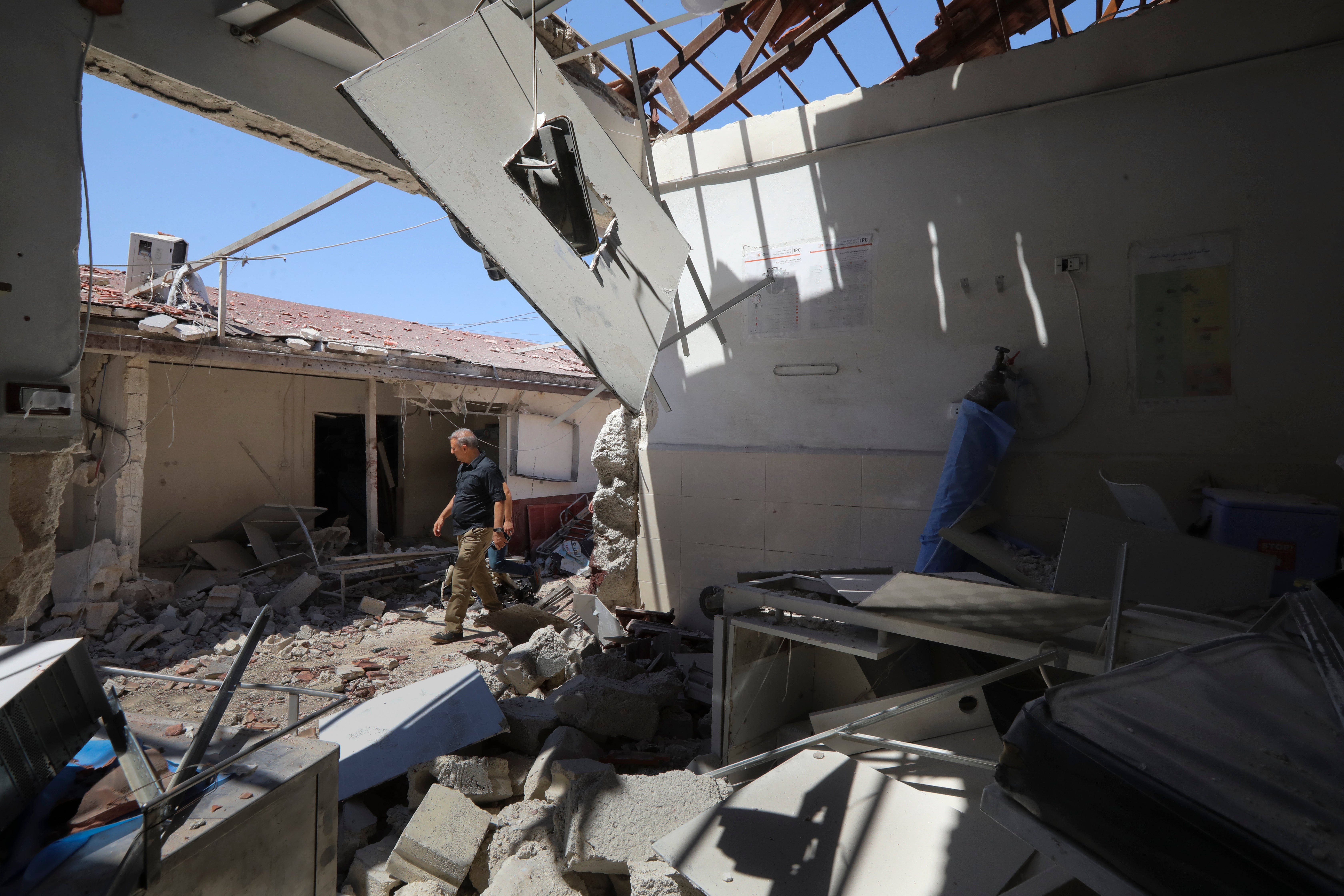Small details can prove telling when reporting on the ground
I try to listen carefully to the questions that officials and locals have for me because their curiosities can often reveal more than their answers, writes Borzou Daragahi


It is often depicted as an apocalyptic battleground, but on the ground in the Souq Shaabi of northeastern Syria’s Afrin, a street vendor sells socks from a table. A restaurateur proudly displays his kebabs. A barber is open for business. Children walk through the marketplace with their mothers.
Humdrum scenes of daily life but in wartorn northern Syria such dullness is a miracle, a respite from a complex unremitting war that has engulfed the region for a decade.
During the past 15 months I have visited northern Syria three times on day-long trips. Each of the areas was under the control, or under the influence, of the government of Turkey, whose moves and motives in Syria have been controversial. Each of the trips was organised, or at least allowed, by Turkey. But despite such limitations, such visits are invaluable.
Perhaps a person on the street in Afrin will be too afraid to tell a visiting foreign journalist anything other than “kol-e-shi-mia-mia” (“everything is 100 per cent”). But the newly arisen concrete blast walls surrounding a municipal building suggest otherwise. If kol-e-shi-mia-mia, why do the men in camouflage grip their AK-47s so tightly?
As a journalist, I ask questions and I listen. But on such trips, I also listen carefully to the questions that officials and locals have for me, and sometimes even urge minders or officials accompanying me to quiz me with questions, because their curiosities often reveal more candid truths about what is happening on the ground than their answers.
Repeat visits are especially illuminating. New construction or lack thereof suggests the flow of private investment. A freshly paved highway where there was none a few years ago shows investment in infrastructure, perhaps a commitment to stay put for the long haul.
The journey inside is half the learning experience. This week on a trip to Afrin it was a convoy of armoured vehicles. Last year, on a trip to Idlib province, two plainclothes Turkish officials whose names we never learned dropped us off at the border, told us to back before dark, and wished us good luck. That was the extent of Turkish involvement in the trip.
We walked across the frontier, eventually meeting up with a minder who was affiliated with Hayat Tahrir al-Sham, a coalition of armed groups which includes the latest incarnation of Jabhat al-Nusra, al-Qaeda’s former affiliate in Syria.
“What do you think about Hayat Tahrir al-Sham? Is it a terrorist organisation?” my minder asked me, ahead of what became an effort by the group to try and convince that it was rebranding itself.
Such interactions can be telling. Who really calls the shots and how do they enforce their aims?
Yours,
Borzou Daragahi
International correspondent
Join our commenting forum
Join thought-provoking conversations, follow other Independent readers and see their replies
Comments